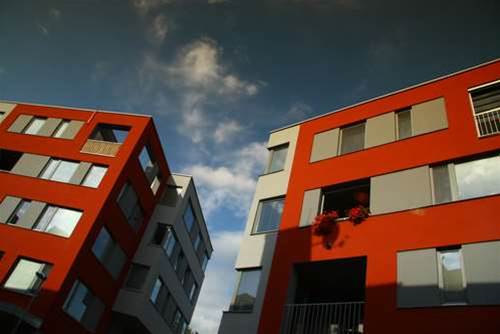The NSW data analytics centre has turned its attention to the pursuit of slumlords preying on vulnerable tenants like students to pack renters into tiny apartments.

One of the nine proofs of concept currently being investigated by the DAC will see the specialist data analytics team and its agency partners mix DA zoning data with electricity, water and Fair Trading records to maximise their success rate when it comes to enforcing residential housing regulations.
“In Sydney and indeed around the world you will see slumlords taking advantage of those who are vulnerable by putting ten students into a two bedroom accommodation,” NSW Innovation Minister Victor Dominello told the CeBIT conference today.
“But with big data we could quickly work out from DA applications what is zoned for a two bedroom apartment. By getting the data from energy suppliers we could see when there is more energy use from a two bedroom apartment than you would ordinarily see for two adults - and the same with water supplies. And we can get data from Fair Trading to see where there is a history of complaints.
“Then instead of knocking on a million doors we may only have to knock on 100 - and get a 98 percent success rate."
The overcrowding program is the latest in a series of public sector conundrums the DAC has been tasked to find solutions for.
It is currently looking into how data could pick out false alarms from real fires to reduce the NSW fire services' whopping 97 percent false callout rate, and how it could use pricing data from the state’s service stations to guide drivers to the cheapest fuel option on their way home.
Dominello today added childhood obesity to the DAC to-do list.
“If we got data from health, if we got data from schools, if we got data from sports, and if we got data from councils about the facilities they’re providing, then we could get a big picture view of this really difficult problem," he said.
“We could use the resources of this state in a far more efficient way to tackle a really complex problem."



.png&h=140&w=231&c=1&s=0)

_(20).jpg&h=140&w=231&c=1&s=0)





 iTnews Executive Retreat - Security Leaders Edition
iTnews Executive Retreat - Security Leaders Edition












_(1).jpg&h=140&w=231&c=1&s=0)



